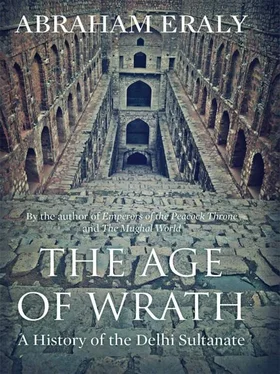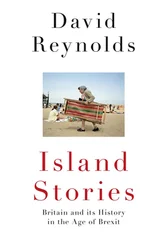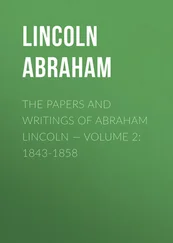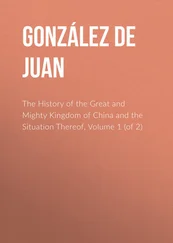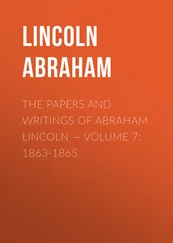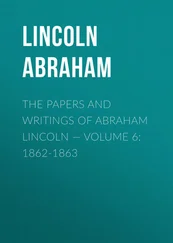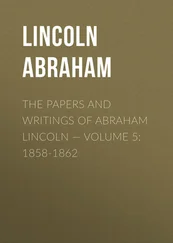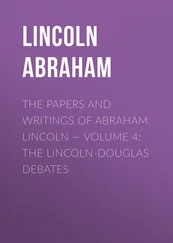Because of this polarity between Hinduism and Islam in all matters, they exerted no significant influence on each other, except in the case of a few peripheral mystic sects in both religions. Yet, despite their total contrariety in every facet of life, Hindus and Muslims coexisted without any major conflict or communal violence for very many centuries.
The orthodox Muslim policy towards the people of other religions was to induce them to become Muslims, and to extirpate those who resisted conversion, sparing only Jews, Christians and Zoroastrians, who were treated as zimmis, protected non-Muslims. But as Islam spread outside the Middle East, the concept of zimmis was, for various practical reasons, liberally interpreted to include in it people of other religions also. In the case of Hindus, Muslim rulers necessarily had to be accommodative towards them, for Hindus provided several indispensable services in the economy, government and army of the Muslim state. In any case it would have been physically impossible for Turks to exterminate Hindus, because of the vastness and diversity of the Hindu population.
INDIA IN PREMODERN times was often regarded by foreigners as a paradise on earth. Typically, Abdullah Wassaf, an early fourteenth century Persian writer, states:
It is asserted that paradise is in India,
Be not surprised because paradise itself
is not comparable to it.
This was a highly chimerical image of India, but not too different from the common premodern perception of India by foreigners. There was however another view of India by medieval foreigners, which, although it also saw India as a land of fabulous natural resources, regarded it as an uncongenial place to live in, because of its torrid climate. India, according to Khondamir, an early sixteenth century chronicler, ‘consumed the body as easily as flame melts a candle.’
That apprehension presumably was the reason why Mahmud Ghazni decided not to annex India and rule over it, even though he had the proven military capability to do that. Similarly, Timur also decided against occupying India — although he swept through a good part of North India, plundering its wealth and slaughtering its people, he remained in India only for about six months, and quickly sped back to his home in Central Asia, heeding the advice of one his top nobles, who warned him: ‘If we establish ourselves permanently therein, our race will degenerate and our children will become like the natives of those regions, and in a few generations their strength and valour will diminish.’
These views about the debilitating effect of Indian climate were highly exaggerated, just as the contrary views about India as a paradise were highly exaggerated. But Indian climate did certainly have an enervating effect on its people, as is evident from the fact that all the invaders who settled in India were in turn, after a couple of centuries, defeated and displaced by fresh invaders — Arabs by Ghaznavids, Ghaznavids by Ghuris, Ghuris by Mughals, and Mughals by Persians and Britishers.
But why did some invaders choose to settle down in India, while others disdained to do so? The crucial factor in this seems to have been that the invaders who chose India as home were mostly those who had been driven out of their homeland — or were in imminent danger of being driven out — by their more aggressive neighbours. They were taking refuge in India as much as invading it.
These migrant invaders chose India presumably because they saw it as a soft target, and also because of its reputation for fabulous riches. But why did the medieval Indian kingdoms, many of them ruled by Rajputs renowned for their martial valour, succumb so abjectly to Turks, even though the armies of the rajas were invariably much larger than those of Turks? And then again why were Turks so easily routed by Mughals, and Mughals in turn by Persians and Britishers? Why did each new invader rout the previous invader? India had never in its several millenniums long history prevailed over invaders, except in a couple of minor cases. Why?
A reason that is commonly given for this is that there was no united stand by Indian kings against invaders. There could in fact be no such united stand by them, because, from the Indian point of view, there was no we/they divide between Indians and invaders. The Indian ruling class viewed Turks not as foreigners but as a component in the ever-shifting population conglomeration of India. And the establishment of the Turkish rule in India was seen by them as just an aspect of the normal political turmoil in India. As for the common people, it made virtually no difference in their lives whether rajas or sultans ruled over them.
There was no concept of India as a nation at this time. Indians did not look like one people or speak like one people — the language of the people of one region of India was entirely unintelligible to the people of the other regions of India. And each of these regional groups was itself divided into several discrete socio-cultural groups based on caste and sect. India in medieval times was just a geographical region, like Europe, not a nation. At best India could be considered as a distinct civilisation, but in this too India was not much different from Europe. India was in fact even more fragmented than Europe, because of the innumerable sectarian and caste divisions among each of its regional people.
In any case, the lack of political unity is hardly a convincing reason for the dismal military performance of Indian kings against invaders, for many of the Indian kings had under their command greater resources in men and materials than the invaders. But what mattered in battles was not the numerical strength of the army, but its martial spirit and energy, and in this the Indian armies were inferior to the invading armies, perhaps because of the sweltering, debilitating climate of India.
The awareness of this adverse effect of Indian climate on people made some of the invaders conduct their campaigns into India only during the relatively cool months of the year. Mahmud Ghazni, for instance, conducted his raids into India mostly during the cool, rainless months between October and February; similarly, Timur took care to restrict his Indian campaign to the six months between September and March.
THE ONE APPARENT advantage that Indian kings had over invaders was that their armies were invariably much larger than those of the invaders. But this numerical advantage of the Indian armies was more than negated by the decisive superiority of the invaders in martial spirit, weaponry, regimental discipline, and innovative tactics. Indeed, the vast size of Indian armies often proved to be a disadvantage, as their size was mostly made up of ill-trained and ill-disciplined hordes who could not act effectively in concert.
In contrast, Turks had certain crucial military advantages over Indians. Their cavalry, which constituted their main military division, was far superior to the Indian cavalry in every respect, in men as well as in mounts. The Indian armies mainly depended on their elephant corps, but elephants, though forbidding in appearance and terrifying as they charged into the enemy ranks, were no match to the storming, whirling charge of the Turkish cavalry. Elephants were in fact quite often a menace to their own side, for when wounded in battle or otherwise frightened they ran pell-mell, causing great havoc in their own army.
More than all this, Turks as aggressors swooping down from the cool Afghan mountains had irresistible kinetic energy, while the Indian armies were mostly made up of plainsmen normally leading a sedentary life in an enervating climate, and their posture, as defenders, was generally static. Psychologically too Indians were at a disadvantage, as they suffered from the victim syndrome, and were often sluggish in battle, unlike the spirited Turks. Moreover, the fatalistic value system of Indians inculcated in them a generally defeatist attitude. In contrast, Turks were energised by their religious fervour; they believed that they had the favour of god with them and were therefore invincible. And indeed they did prove to be invincible. Equally, they were energised by the irresistible lure of plunder.
Читать дальше
